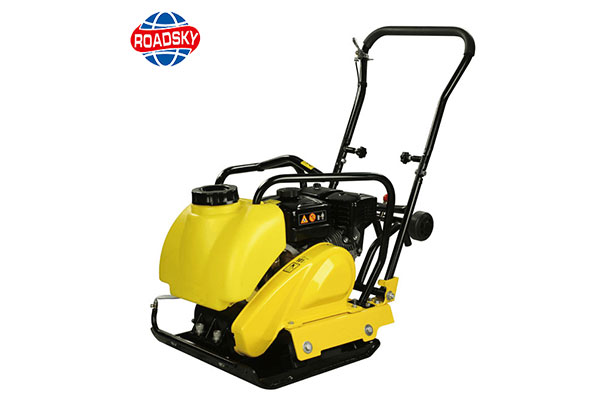Selecting the Right Plate Compactor: 7 Key Tips
When it comes to construction and landscaping projects, having the right equipment can make all the difference. One essential tool that plays a crucial role in achieving a solid and durable foundation is the plate compactor. However, with a variety of options available in the market, selecting the right plate compactor can be a daunting task. In this article, we will guide you through some key tips to help you make an informed decision and choose the plate compactor that best suits your needs.

1. Consider the Type of Soil:
Different plate compactors are designed for different types of soil. Understanding the soil conditions of your project site is crucial for selecting the right equipment. For cohesive or fine-grained soils, a reversible plate compactor with higher compaction force might be more suitable, while a vibratory plate compactor is ideal for granular soils.
2. Engine Power and Plate Size:
The power of the plate compactor’s engine and the size of its plate are critical factors in determining its effectiveness. Larger plates cover more ground, providing better compaction in fewer passes. However, larger plates may also mean a heavier machine. Ensure that the compactor’s size and weight are manageable for your project and can fit into tight spaces if necessary.
3. Compaction Force:
Compaction force is measured in pounds or kilograms and represents the force the compactor exerts on the ground. The type of material and the thickness of the layer being compacted will influence the required compaction force. It’s essential to match the compactor’s force to your specific project needs to achieve optimal results.
4. Portability and Maneuverability:
Consider the portability and maneuverability of the plate compactor, especially if your project involves tight spaces or remote areas. Look for features such as easy-to-use controls, foldable handles, and transport wheels to enhance the machine’s mobility.
5. Maintenance and Durability:
Investing in a plate compactor with low maintenance requirements and high durability is a smart decision for long-term use. Look for models with easily accessible parts for maintenance and sturdy construction to withstand the rigors of construction sites.
6. Noise and Vibration Levels:
Plate compactors can generate significant noise and vibrations. Consider the noise and vibration levels of the machine, especially if your project is in a residential area or if you have specific regulations to adhere to. Some plate compactors come with features designed to reduce noise and vibrations, providing a more comfortable working environment.
7. Brand Reputation and Reviews:
Research and consider the reputation of the brand before making a purchase. Look for customer reviews and testimonials to gain insights into the experiences of other users. A reputable brand often indicates a higher likelihood of quality and reliability.
RoadSky is a professional plate compactor manufacturer and supplier with over 20+ years of experience. Its products comply with a variety of qualification certifications are exported to more than 100 countries and are well received by customers. If you are looking for plate compactors for your project, you can contact us directly for more information.
Conclusion:
Selecting the right plate compactor is a crucial step in ensuring the success of your construction or landscaping project. By considering factors such as soil type, engine power, plate size, compaction force, portability, maintenance, and brand reputation, you can make an informed decision that aligns with your project requirements. Taking the time to choose the right plate compactor will not only enhance the efficiency of your work but also contribute to the longevity and durability of the constructed foundation.

